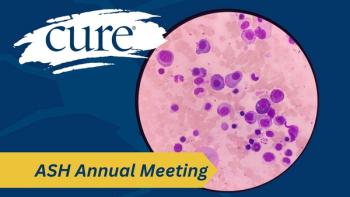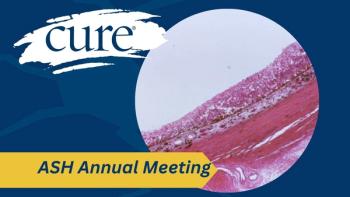
Shorter Radiation Therapy Effective and Tolerable in Early-Stage Prostate Cancer
Patients with early-stage prostate cancer may be able to shorten their radiation time, thanks to the results of a recent study conducted by the Duke Cancer Institute.
Shorter and more intense radiation for early stage prostate cancer can be performed without compromising cancer control, according to a recent study.
Currently, the standard regimen lasts eight weeks to treat the cancer; however, the study, conducted by a team of researchers at the Duke Cancer Institute, shortened that therapy to 5.5 weeks.
The study involved 1,100 men who had been diagnosed with early-stage prostate and compared two treatment regimens to determine whether the cure rates were similar.
Half of the men were randomly assigned to receive either the 5.5-week schedule that provided 28 hypofractionated radiotherapy (H-RT) treatments and the other half was assigned to the standard eight-week regimen control arm, which consisted of a total of 41 conventional radiotherapy (C-RT) treatments.
Researchers found that the five-year disease free survival (DFS) rate was about 85.3 percent for men in the eight-week trial and 86.3 percent in the 5.5-week program. Additionally, overall survival (OS) was also no different between the groups, 93.2 percent and 92.5 percent, respectively.
“This study has implications for public policy,” said lead study author W. Robert Lee, a professor in the Department of Radiation Oncology at Duke, in a statement. “Because the shorter regimen has advantages such as greater patient convenience and lower costs, it’s important to establishing whether we can cure as many patients with the shorter regimen. Our study provides that information for the first time.”
One potential drawback of the H-RT regimen, however, is slightly higher side effects in patients. The study’s authors reported mild gastrointestinal and genitourinary toxicity was observed more frequently in patients getting the higher daily dose, shorter frequency radiation. However, no differences were observed in more severe side effects, which were occurred less than 5 percent with either regimen. The study also noted that data on patient experience with side effects are still being analyzed.
"An estimated 220,000 men are expected to be newly diagnosed with prostate cancer each year in the United States, and the majority will have early-stage disease at low risk for recurrence,” Lee noted. “These findings should help guide clinical decisions, and doctors should be comfortable recommending a shorter radiotherapy course as an alternative to the conventional schedule.”





